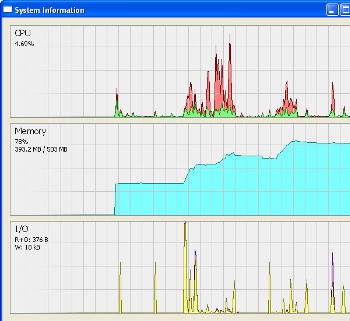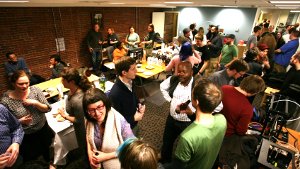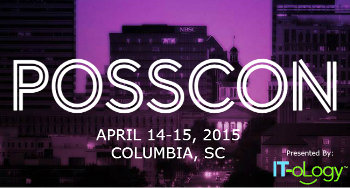It’s been an interesting two weeks, talking about and looking into why text-to-speech (TTS) is such a mess in Linux. I’ve spoken with seventeen of you; seventeen who know a bit about software programming. “A bit” is a purposeful understatement. Some of you have forgotten more about software programming than I will ever know. That being the case, I have learned a bit about why TTS in Linux is next to worthless. For those who are just joining into the conversation, let me catch you up quickly.
 Late last year, I was told that the area treated for throat cancer in 2012 was exhibiting pre-cancerous activity. I was told that it could remain “pre-cancerous” for twenty years, or it could again form into the cancer that tried to kill me in 2012. If that happened and it remained unattended, it would kill me in a matter of months. My options ranged from doing nothing and taking my chances, all the way to having my larynx removed to be done with this throat cancer monster once and for all. I picked door number two.
Late last year, I was told that the area treated for throat cancer in 2012 was exhibiting pre-cancerous activity. I was told that it could remain “pre-cancerous” for twenty years, or it could again form into the cancer that tried to kill me in 2012. If that happened and it remained unattended, it would kill me in a matter of months. My options ranged from doing nothing and taking my chances, all the way to having my larynx removed to be done with this throat cancer monster once and for all. I picked door number two.
I began researching my options as a soon-to-be voiceless person. In preparing for a life without voice, there were several scenarios in which I failed to consider:








 Oh wait…no I didn’t.
Oh wait…no I didn’t.

